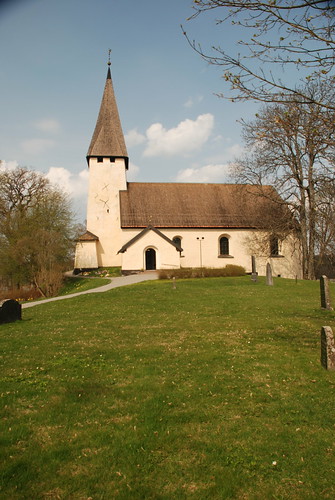Fun Weekend....
This weekend has been just great. Saturday I went on a long bike ride and met some members of the Fredrikshof bicycle club and got invited on some of their club rides. Then Saturday evening J and I went to see the new Jack Nicholson and Morgan Freeman movie called The Bucket List. Excellent movie. We're still talking about it.
Sunday we decided to have breakfast out so we rode our commuter bikes to Slussen and followed the bike path along the shore to the Grand Hotel. There we had an elegant breakfast with great views of the ferry boats. Then we strolled all around the Stureplan area and later we met some folks at the beautiful horticultural gardens and restaurant called Rosendahl to discuss the teachings of Eckhart Tolle. He's an amazing guy with an uncanny ability to integrate the wisdom from all religions, history, science, and psychology and articulate it in a very compelling way. I am sure certain religious figures will malign him but they would be demonstrating some of his points about ego if they did. Anyway, we sat outside in light jackets (it's still a bit chilly) and discussed some of his ideas. "Tolle" groups like these are all over the world. There's a web page to assist you in finding them. No, it is not a cult and it's not a new religion. It's a way of thinking about your spiritual self and Presence with that which is Sacred.







